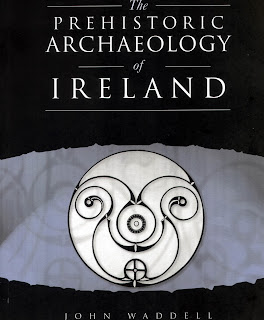Review: The Prehistoric Archaeology of Ireland. Revised Edition.

John Waddell. Wordwell, Dublin, 2010. 435pp. Black & White illustrations and plates throughout. ISBN 978-1-905569-47-5. €40 ( via Wordwell ) or £40 ( via Amazon ). [** If you like this post, please make a donation to the IR&DD project using the button at the end. If you think the review is useful, please re-share via Facebook, Google+, Twitter etc.**] This 2010 volume describes itself as the ‘Revised Edition’, building on the 1998 first edition (published by Galway University Press ), and the 2000 second edition (published by Wordwell ). Inevitably, it is already known within the Irish archaeological world as the third edition. Before I began this review, I went back and re-read Tom Condit’s (1998) assessment of the first edition in Archaeology Ireland . I wanted to get a feeling for how the work was perceived at the time and how this latest edition either continues those initial observations, or deviates from them. In the first instance, Condit sees the vo